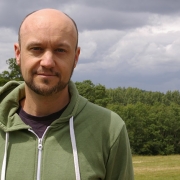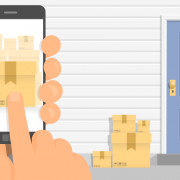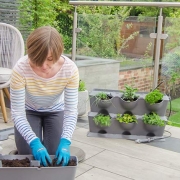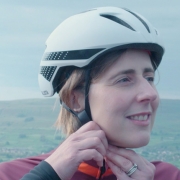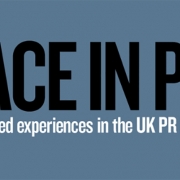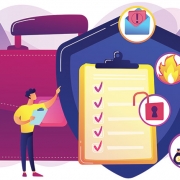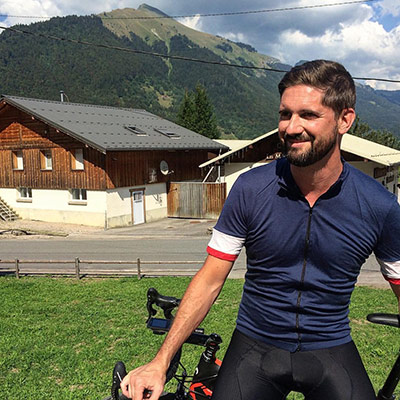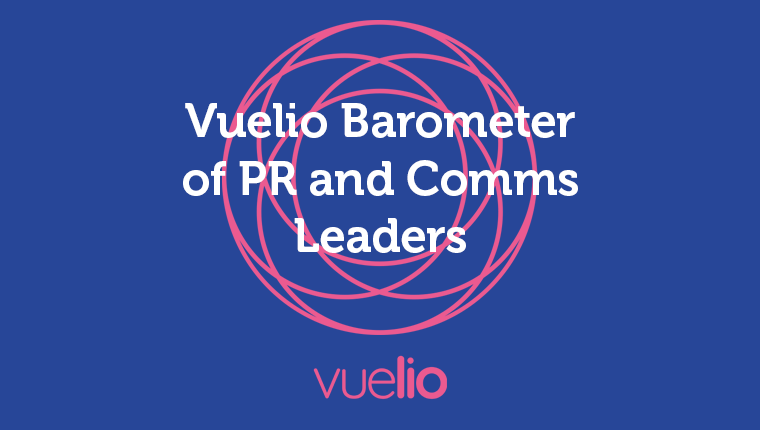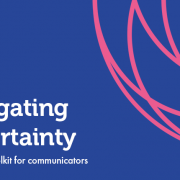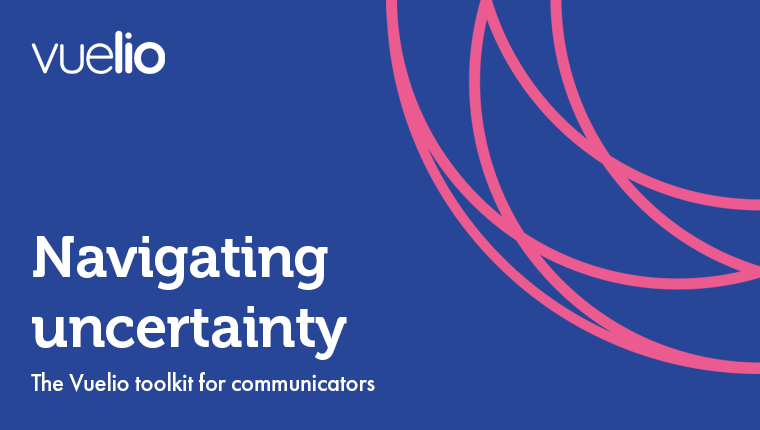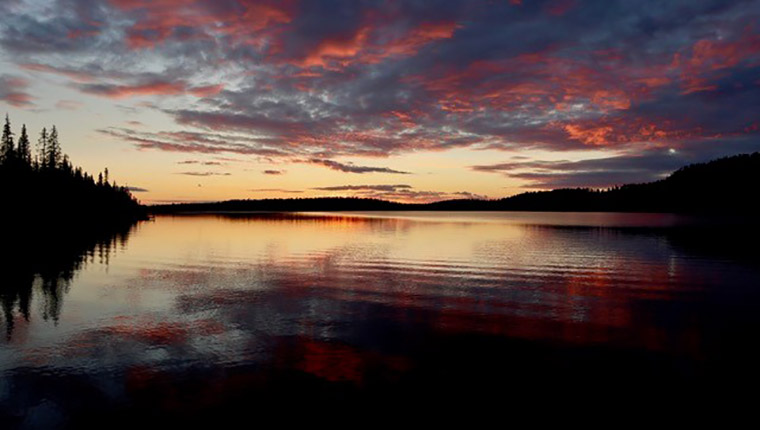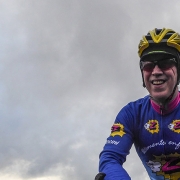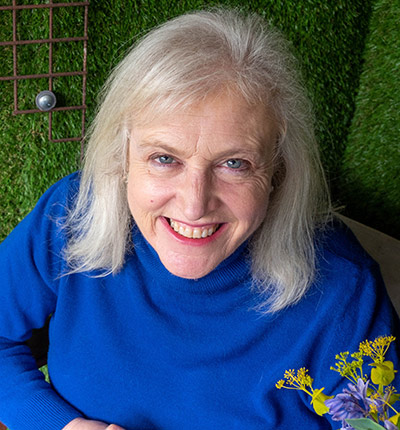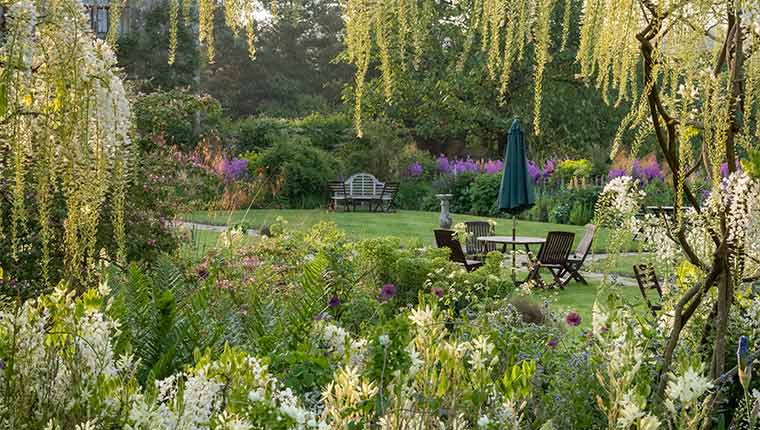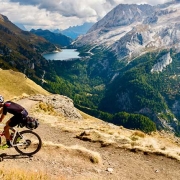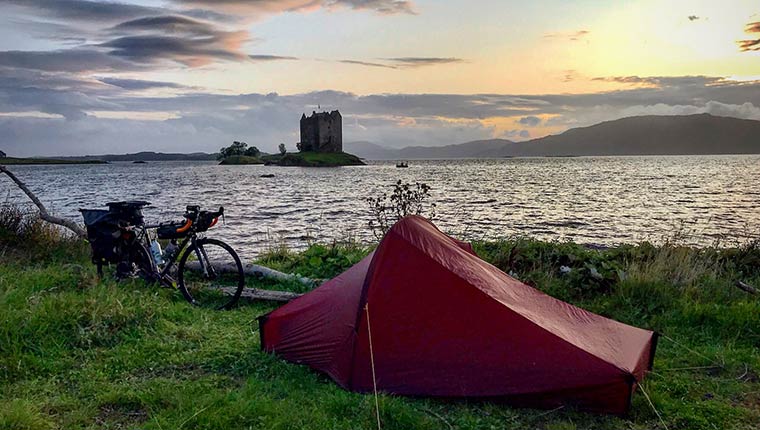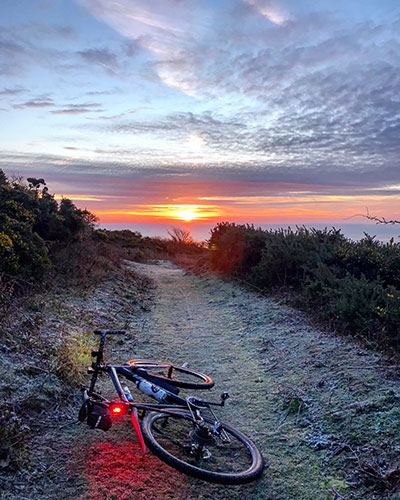How to win the game when the rules have changed – marketing in 2020
This guest post comes from Dominic Baliszewski, co-founder of YOURS . SINCERELY.
The impact of this year’s unpredicted events in the marketing and PR world has been huge. As co-founder of marketing and comms agency YOURS . SINCERELY, like many of us in the industry, understanding what good looks like in the ‘new normal’ is essential for my day-to-day life. In an effort to explore this, we’ve looked at some emerging insights below and will be discussing these in more detail with founders and UK business marketing leaders on 2 July – sign up for free here.
The biggest change our industry has ever seen
Marketing is always evolving and changing – but this usually takes the form of innovations moving to the mainstream over months and years. As marketers, we all have a fairly good understanding of what works and what ‘good’ looks like.
Want to build a killer marketing strategy? No problem, start by understanding the audience, defining the objectives and then building a channel plan involving tried and tested tactics.
Then, in March this year, everything changed – with this impacting PR and marketing professionals in a big way.
At the end of Q2, as lockdown began, entire industries were suddenly paused and the wider marketing landscape saw the biggest shake-up it has ever seen – and all of this happened overnight. Major advertisers (like travel and leisure) pulled budget, leaving some inventory at record low prices with this balanced by certain channels practically worthless – after all, who wants to pay for a billboard if no one is walking past it?
Marketers across the UK, and the world, were forced to rip up their marketing plans for the year and spin on a dime – but the landscape had changed, and all the previous wisdom about what works was no longer valid.
What’s working in the new normal?
The good news is that we are now seeing some consistency in trends emerging, and some good insight into what works:
The ever-growing importance of authenticity
Prior to lockdown, people were increasingly engaging with brands who were honest and transparent in their approach, and this has only been accelerated by the period of uncertainty. Only by delivering an authentic message that clearly communicates how your product or service can help will you truly cut through the noise.
The importance of reputation/network (particularly in the B2B space)
This relates to the above, but during periods of disruption, people want to buy from brands they can rely on, and work with people they trust. In order to win, your brand needs to have values and stick to them across your marketing and product/service delivery. People have long memories and will remember how brands behaved during this period.
Gone are the long creative lead times
Got a fab creative showing people loving your ‘in-store’ experience that you’re planning to run for the rest of the quarter? Uh Oh! The world is changing at an insanely fast pace and marketing messages can become rapidly out-of-date. Those that are winning are prioritising rapid adaptability and streamlined processes.
The growing importance of digital (but doing it ‘right’)
With eMarketer research showing that people are spending more time than ever consuming digital media during lockdown, and this pattern likely to persist as more people opt to work from home after lockdown, this is where advertisers need to be, now more than ever. What’s changed is the growing importance of targeting. With digital saturation, getting the right message to the right people at the right time is key.
Sticking to your brand values and identity
How many creatives have you seen talking about ‘social distancing’? Generating cut through is all about talking to your audience and generating a response – something that doesn’t work if you’re saying the same thing as all of your competitors. Those telling their own story have seen this pay big dividends.
These trends are just a snapshot and, while there are no quick tricks, we are beginning to see brands thrive following changes to their marketing strategies.
To try and better understand what is working in the new normal, we’re hosting a panel discussion on 2 July with founders and senior marketers from a range of businesses. Find out more and sign up here.
Dominic Baliszewski is co-founder of YOURS . SINCERELY, a comms and marketing agency that works with clients to offer a hybrid of PR and digital marketing services. Dominic has a wide range experience in marketing/PR and commercial disciplines, previously working for MoneySuperMarket group as well as running the consumer team at a global Fintech and investment business. You can find more information about Dominic, and get in touch, via LinkedIn.


